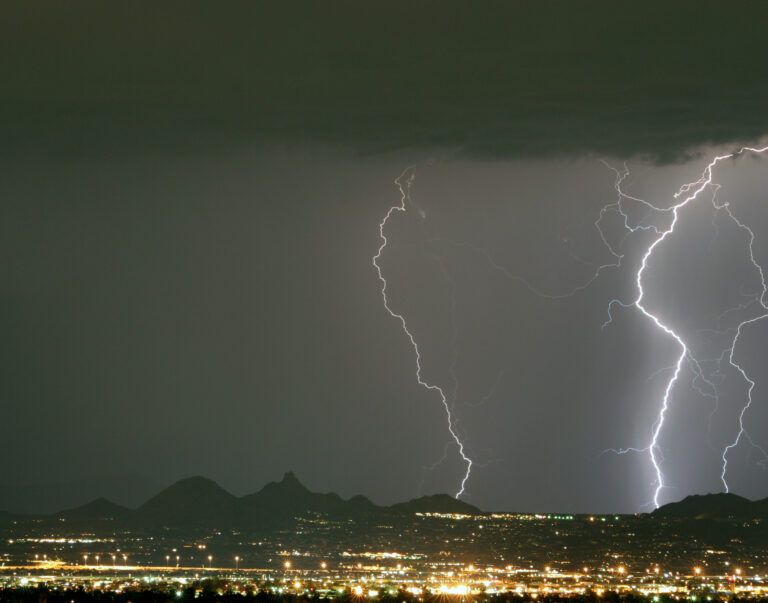A Shifting Climate Pattern
La Niña, a climate phenomenon characterized by cooler-than-average sea surface temperatures in the central and eastern Pacific Ocean, continues to influence global weather patterns. However, forecasters predict that this event will weaken and transition to neutral conditions by late spring, marking a shift in atmospheric and oceanic dynamics.
La Niña’s Impact on Global Weather
Over the past several months, La Niña has shaped weather patterns across the world, bringing drier-than-normal conditions to parts of South America and wetter-than-average weather to regions like Australia and Southeast Asia. In North America, its effects have contributed to a more active hurricane season in the Atlantic and a colder, snowier winter in parts of the U.S.
Historically, La Niña is associated with increased drought risks in the southwestern United States and heightened rainfall in the Pacific Northwest. Farmers and water resource managers closely monitor these shifts, as they can significantly impact agriculture, water supplies, and wildfire risks.
Signs of Weakening
Recent oceanic and atmospheric observations indicate that La Niña is beginning to lose strength. Sea surface temperatures in the equatorial Pacific are gradually warming, signaling a possible transition to neutral conditions in the coming months. Climate models suggest that by mid-to-late spring, La Niña’s influence will fade, reducing its grip on global weather patterns.
The shift toward neutral conditions means that many of La Niña’s hallmark effects, such as increased storm activity in some regions and suppressed rainfall in others, may ease. However, meteorologists caution that short-term climate variability will still bring fluctuations in weather patterns even as La Niña dissipates.
What Comes Next?
As La Niña weakens, forecasters will watch for signs of a potential El Niño, which has the opposite effect—warmer ocean temperatures in the Pacific that can bring heavy rainfall to typically dry regions and suppress hurricane activity in the Atlantic. While it’s too early to determine if an El Niño will emerge later this year, the transition from La Niña to neutral conditions will set the stage for evolving global weather patterns.
Scientists emphasize that understanding these climate cycles is crucial for preparing communities for weather extremes. Whether it’s prolonged droughts, intensified storms, or shifting temperature trends, the interplay between oceanic conditions and atmospheric dynamics continues to shape the planet’s climate in complex and far-reaching ways.


